Whenever someone mentions the word ‘bats’, most people think of the classic baseball bats found in movies and on television. Despite this, many people may not understand the remarkable divergence between softball and baseball bats in terms of performance, size and weight. If you’re wondering what sets these two pieces of sporting equipment apart from each other, then look no further! This article will provide you with a comprehensive comparison between softball and baseball bats, so that you can make an informed selection when it comes to choosing the one ideal for your sport or activity.
Softball Bat Characteristics
Compared to baseball bats, softball bats are typically shorter with a typical length ranging from 28 to 34 inches. They also tend to be lighter due to their size and construction materials. The strategic weight distribution towards the end of a softball bat provides better control and allows for faster swings – giving you an edge during your next game. Furthermore, the hitting surface of a softball bat is larger than that of its baseball counterpart, leading to more ball contact upon impact. This creates greater power and distance when compared with traditional baseball bats. Moreover, multiple softball bats are manufactured with composite materials like carbon fiber or aluminum alloy to give them a lightweight feel without sacrificing durability.
Baseball Bat Characteristics
The baseball bat is an iconic piece of equipment used in the sport. A typical baseball bat is crafted from robust hardwood or lightweight aluminum, boasting a 2 1/2 inch diameter and an upper limit of 42 inches in length. This specific variety of bat is engineered with thicker walls than softball bats; they are constructed to be more resilient and long-lasting. A baseball bat’s tapered handle gives it a distinct advantage over the straight handle of softball bats, providing more control while swinging. Wielding a heavier baseball bat necessitates greater strength to generate the desired force. [1]
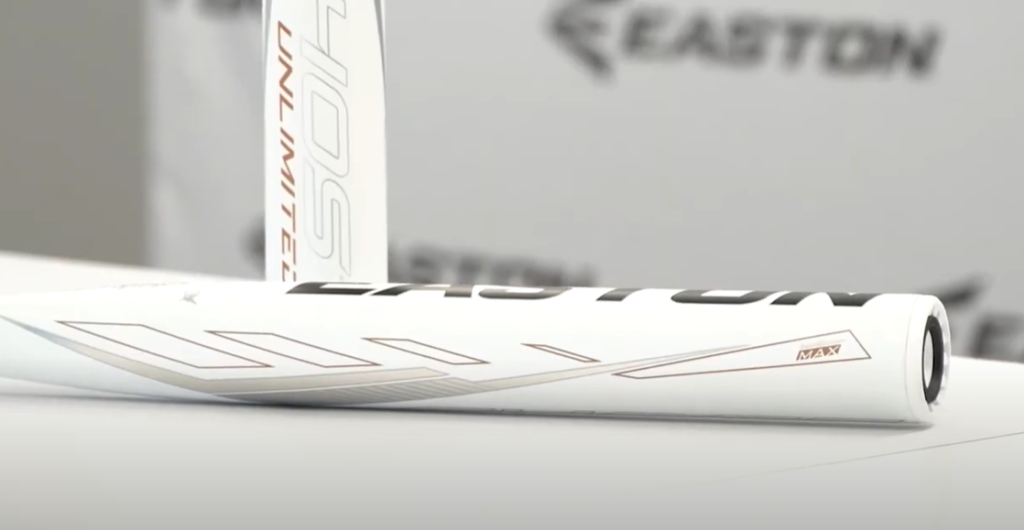
What are the Differences Between Baseball and Softball Bats?
1. Length of the Bat
On average, baseball bats span from 28 to 34 inches in length—generally longer than the softball variety.Softball bats come in varying lengths, all the way from 26 to 30 inches.
2. Weight of the Bat
Baseball bats are typically heavier than softball bats, due to the higher composition of metal alloy or solid wood used in their design. Softball bats come in a variety of materials including aluminum, composite, and hybrid compositions for optimal performance.
3. Barrel Diameter
With a larger diameter than softball bats, baseball bat barrels result in more hitting power but can make it difficult to control the swing. Softball bats boast barrels with a slender diameter, allowing for enhanced control and precision when hitting the ball but sacrificing some power in the process. [2]
4. Handle of the Bat
Baseball bats are usually heavier at the barrel, with a drop weight between -3 and -12 ounces. This allows for a thicker handle and better balance when swinging. Softball bats are designed to be light and have a “drop” weight ranging from 0 to -8 ounces, providing batters with quicker bat speed while sacrificing precision in the ball’s trajectory when struck.
5. Price Range
Baseball bats usually cost more than softball bats due to their longer length and higher percentage of metal alloy or solid wood construction material. Softball bats tend to be more affordable as they can be constructed with aluminum, composite, and hybrid combinations, resulting in a lighter weight bat.
By understanding the differences between baseball and softball bats, players can make more informed decisions when selecting the right bat for their game.
Knowing the length, weight, barrel diameter, handle thickness and price range of each type of bat will help you decide which one is best suited for your skills and playing level. With the proper knowledge of these key factors, you’ll be able to take your game to the next level! [3]
Are Softball Bats Metal?
No, not all softball bats are metal. In fact, there are a number of different materials used to make softball bats. The most common materials include aluminum alloy, composite, hybrid and wood. Each material has its own advantages and disadvantages depending on the player’s individual needs.
When it comes to performance and durability, the two main types of bat materials are aluminum alloy and composite. Aluminum alloy bats tend to be more affordable and heavier than their composite counterparts. They also offer greater swing speed but don’t usually last as long due to their ability to dent or crack easier than composite bats. Composite bats generally cost more but will last longer as they can absorb more shock without getting damaged over time.
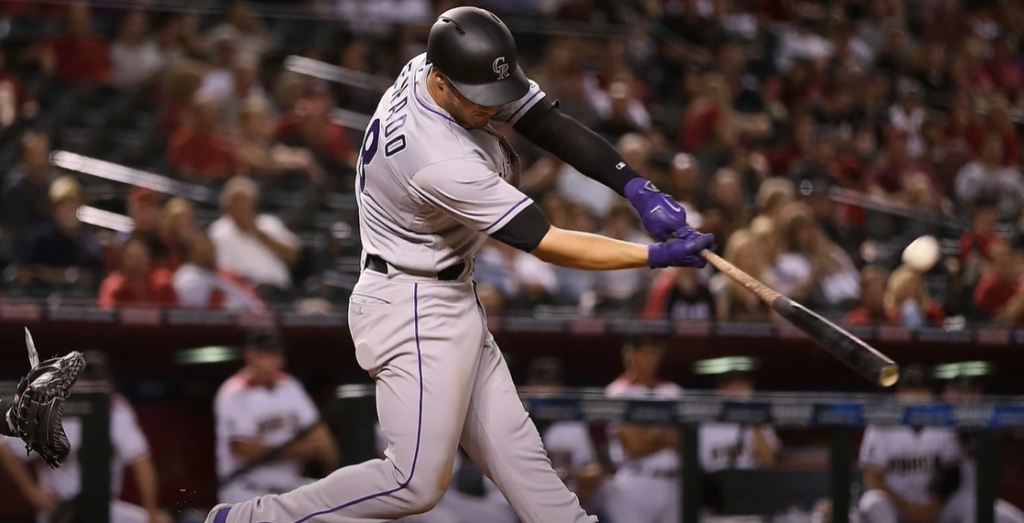
Is A Softball Bat Stronger Than A Baseball Bat?
The answer to this question depends on the material that each bat is made from.
Generally speaking, a softball bat will be constructed out of lighter materials than a baseball bat. This means that it will not have as much power or control when hitting the ball. On the other hand, a baseball bat is usually made of stronger materials like aluminum or composite and can hit the ball with more speed and accuracy.
So while a softball bat may be slightly stronger than a baseball bat in terms of weight, it cannot make up for its lack of power when compared to its counterpart. However, if you are looking for an added advantage in your game, then you may want to consider using one of the newer composite softball bats that are available. These bats are lighter in weight and can provide you with the power you need to hit the ball further than ever before. [4]
Are Baseball Bats And Softball Bats Interchangeable?
The short answer is no. Baseball bats and softball bats are not interchangeable, as they have significant differences in size, weight and composition. Softball bats are heavier than baseball bats, due to their larger barrel sizes and increased material composition.
Lastly, unlike baseball bats which may have different grips on them depending on the league/organization they are used for, all softball bats must have a rubber or synthetic material covering the handle. This ensures that players are not at risk of having their hands slip off of the bat during use. [5]
Tips for Buying a Softball Bat
When it comes to choosing the right softball bat, there are a few key factors to consider. First and foremost, be sure to select a bat that is designed for your particular playing level. Softball bats come in different sizes and weights that are tailored for specific age or skill levels – youth league players would benefit most from lighter weight bats while advanced softball players may prefer heavier models.
The material of the bat is another important factor when making a purchase. Softball bats can be made from either aluminum alloy or composite materials, with each offering its own unique benefits. Aluminum alloy bats provide excellent durability and performance at an affordable price point; however they tend to dent more easily than composite models. Composite bats offer greater hitting power and are less prone to denting, but they tend to be more expensive.
In addition to weight and material, you should also consider the length of the bat when making a purchase. Generally speaking, softball bats range from 30”-34” in length and it is important to choose one that fits your body size and playing style. A longer bat may offer greater reach for power hitters whereas a shorter bat is ideal for contact or “slap” hitters who need quicker swing speed.
Finally, be sure to choose a bat with an appropriate grip size that works best for you. The choice of grip can affect how easily you can control the bat during swings and how comfortable it feels in your hands.
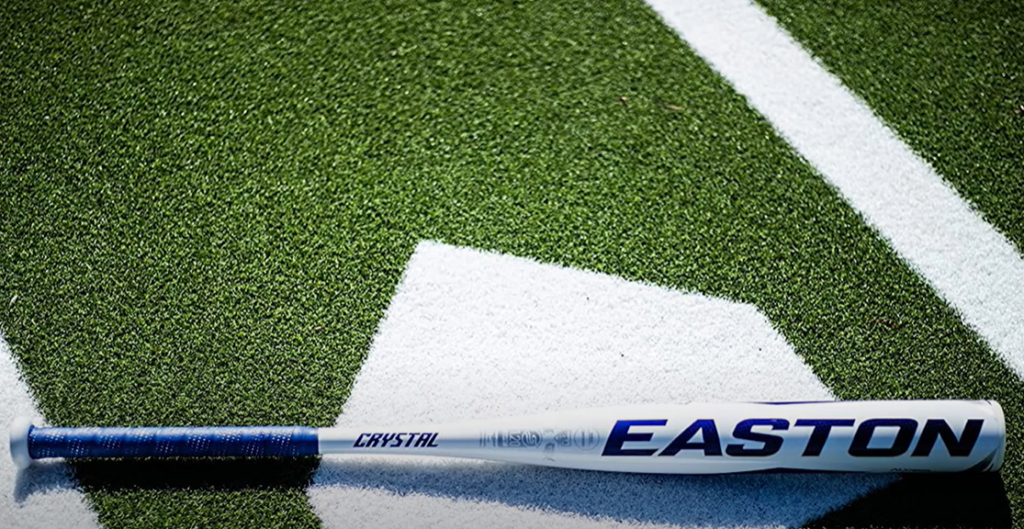
Tips for Buying a Baseball Bat
When it comes to buying a baseball bat, there are several important factors to consider. Here are some tips for choosing the best tool for your game:
- Start With Size. First and foremost, baseball bats come in different sizes, so determine the size you need based on your age, height, and weight. Youth baseball bats range from 27”-32” in length. Adult bats come in lengths varying from 33”-34” or 34”-36” depending on your league’s regulations.
- Consider Your Swing Style & Strength. Are you a power hitter or contact hitter? Do you prefer lightweight or heavyweight? Selecting a bat that complements your strength and style can make a big difference in your game.
- Choose the Right Material & Type of Bat. Most bats are made from aluminum, composite, or a combination of the two materials. It’s important to select the best material for you based on your skill level and type of swing. For example, composite bats tend to be more durable and lightweight than aluminum bats, making them ideal for power hitters who need extra pop.
- Test Out Different Bats Before You Buy. Once you narrow down your options, take some time to test out different models and sizes so you can find one that works best for you. Be sure to practice with it before making a purchase – this will give you an idea of how it feels and how it can help you improve your performance.
By taking these factors into consideration, you will be able to find a baseball bat that best suits your needs and helps you take your game to the next level. [6]
Pros and Cons of Baseball Bat
When it comes to baseball bats, there are pros and cons that need to be considered. On the plus side, a baseball bat is longer than a softball bat and therefore allows for more reach when swinging at a ball. This makes it easier to hit the ball with accuracy. Baseball bats also have larger sweet spots than softball bats, meaning it’s easier to make contact in the optimal spot on the bat for maximum power transfer. Additionally, since baseball bats are heavier than softball bats, they generate more momentum when swung at higher speeds, leading to greater power potential and longer distances traveled by the batted ball.
Lastly, smaller players can have difficulty maneuvering the heavier baseball bat in time to make contact with the ball.
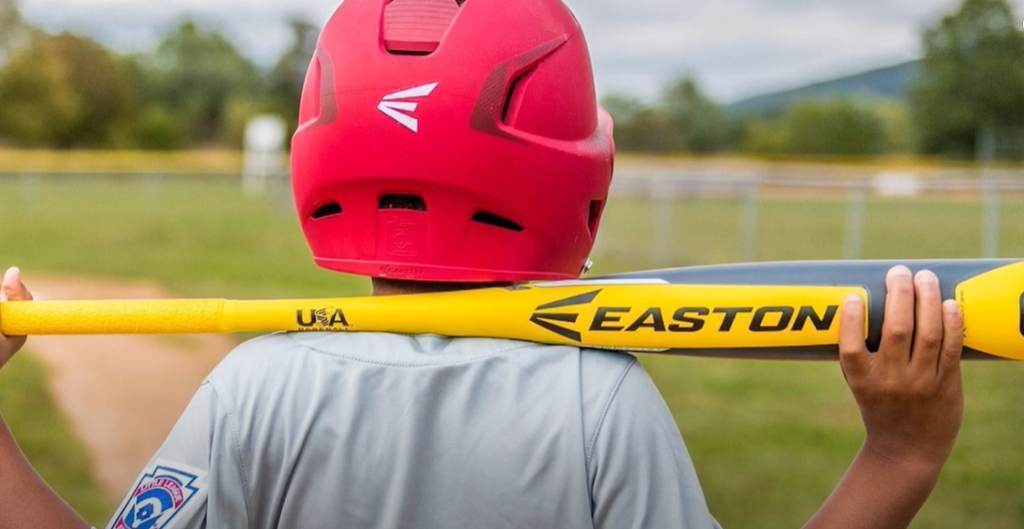
Pros and Cons of Softball Bat
Pros of softball bats:
- Softball bats are generally lighter than baseball bats, which makes them easier to swing. This gives players more control and power over their swings.
- The ball comes off the bat much faster with a softball bat, so it can be helpful in certain situations such as bunting or hitting line drives into the outfield.
- Softball bats usually have larger sweet spots than baseball bats, which makes it easier for beginner players to make contact with the ball.
Cons of softball bats:
- Softball bats are typically made from aluminum, which means they don’t last as long as wooden baseball bats and may need replacing after a few seasons.
- The lighter weight of softball bats can be a disadvantage for some players because they don’t generate as much power as heavier baseball bats.
- Softball bats have a limited range and may not be suitable for playing at higher levels that require more powerful and accurate swings.
- Softball bats are often more expensive than baseball bats due to the materials used in their construction.
- Softball bats may not be allowed in certain leagues or tournaments due to their size and design restrictions.
- The relatively small barrel size of softball bats can result in less power when hitting the ball, particularly for players with higher swing speeds.
In conclusion, there are pros and cons to using a softball bat that should be considered before making a purchase. While it may be an advantage to some players with its lighter weight and larger sweet spots, others may find themselves at a disadvantage when playing at more competitive levels. Ultimately, which type of bat is best for you depends on your skill level, preferences, and budget. [7]
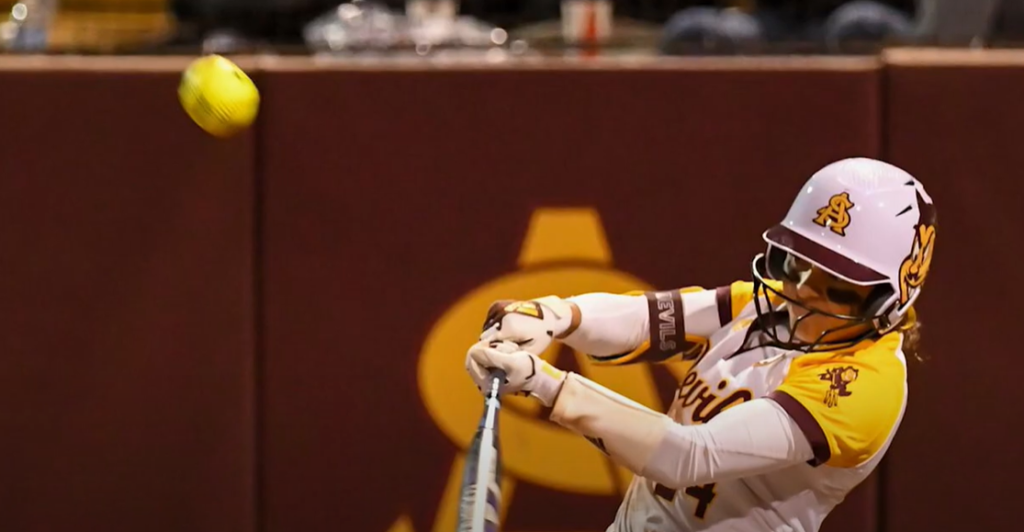
Differences Between Baseball and Softball
In addition to the differences in bats, there are also a few other key differences between baseball and softball. The most obvious is the size of the field; while a regular baseball field typically measures 90 feet between bases, a softball field will usually measure 60 feet or less.
Finally, the ball used for softball is larger than its baseball counterpart—12 inches compared to 9 inches—which makes it easier to hit and creates more powerful hits when contact is made.
In conclusion, there are several fundamental differences between baseball and softball, ranging from the size of the field to the size of the ball used. While some players may prefer one sport over the other, both offer unique challenges and rewards that can make them enjoyable to play. Regardless of which type of game you choose to play, be sure to equip yourself with the proper gear for optimal performance.
FAQ
Is there a difference between a baseball and softball bat?
Yes, there is a difference between baseball and softball bats. Baseball bats are typically longer, thicker, and heavier than softball bats. They also have a larger sweet spot for hitting the ball further and with more power. Softball bats, on the other hand, tend to be lighter in weight and shorter in length, making them easier to swing quickly. The size of the barrel is also different—baseball bats have a 2-1/4 inch diameter while softball bats range from 2-1/2 inches to 2-3/4 inches in diameter. The grip of the bat should also be considered when choosing between baseball or softball; most baseball bats feature thin handles while most softball bats come with either traditional or comfort grips.
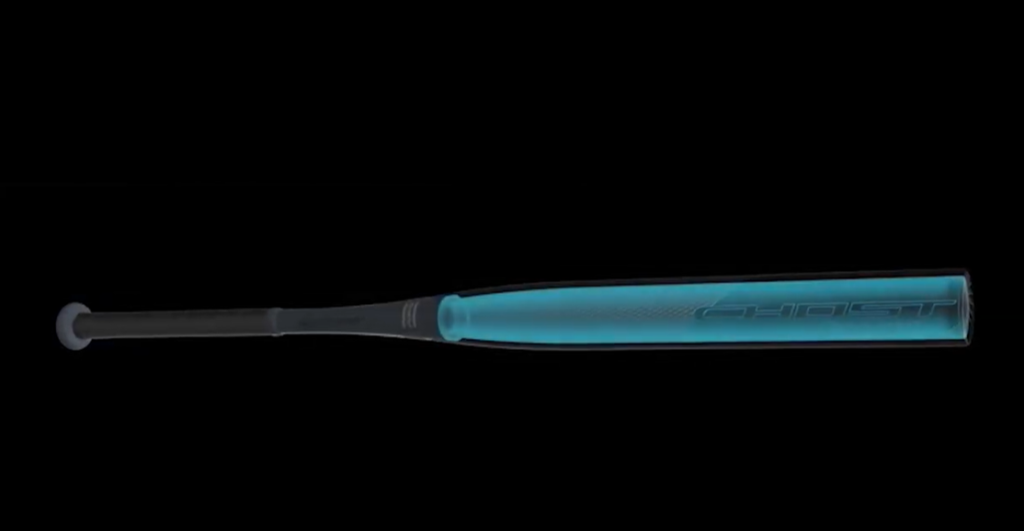
What is the difference between slowpitch and fastpitch softball?
Slow pitch softball is typically played with a bigger ball than fastpitch, which makes it easier to hit from a distance. The pitching style in slow pitch also tends to be less aggressive as compared to fastpitch, where pitchers throw at higher speeds with more movement on the ball. Additionally, slow pitch games usually have more runs scored due to the fact that they are played with 10 players compared to 9 players in fastpitch games.
Is there a size difference between baseballs and softballs?
Yes, there is a size difference between baseballs and softballs. Baseballs are larger than softballs, measuring about 9 inches in circumference compared to the 11 inches for softballs. Baseballs also tend to be heavier than softballs, weighing 5 ounces compared to a mere 4.2 ounces for softballs. The size and weight difference between baseballs and softballs contributes to the differences in the game; while baseball is an offensive game focused on hitting home runs, softball is more of a defensive game with smaller fields and an emphasis on strategy.
Why are baseball bats shorter than softball?
A key difference between baseball and softball is the size of the bat used in each sport. Baseball bats are smaller, usually ranging from 29 to 34 inches in length, while softball bats range from 30 to 34 inches in length. The shorter length of a baseball bat provides better control over the ball when swinging, allowing players more accuracy and power. Softball bats have a larger sweet spot on its barrel compared to baseball bats because it’s longer; this gives hitters an advantage when hitting pitches that are farther away from them than they would be with a shorter bat. Additionally, because softball fields tend to be bigger than their baseball counterparts, having a longer bat allows players to cover more ground and make up for any misjudgments of the pitch. The larger barrel size of softball bats also makes it easier for players to hit balls that are low in the strike zone, as opposed to baseball bats which have a smaller sweet spot and require more precision when hitting lower strikes.
What are the differences between softball and baseball?
In addition to the size of the bat, there are some other differences between baseball and softball. Baseball is typically played with a round ball, while softball uses a larger, slower-moving ball that’s more difficult to hit. Additionally, baseball requires a pitcher and catcher on the field at all times in order for play to continue; this is not necessary in softball as it can be played without them. Finally, the distance between bases and between home plate and the pitching mound differs significantly in each sport; baseball fields measure 90 feet from base to base while softball games use only 60 feet.
Can a softball be thrown faster than a baseball?
The answer to this question depends on the size and weight of the softball and baseball, as well as the skill level of the thrower. Softballs are generally lighter than baseballs, meaning they can be thrown with more speed and velocity. However, that doesn’t necessarily mean a softball will always be thrown faster than a baseball—it just might have an advantage in terms of speed when all other factors are equal.
Is baseball harder than softball?
That depends on several factors. Softball bats are typically lighter than baseball bats, so it’s easier for players to swing and make contact with the ball. However, softball fields also tend to be larger, which can make it harder for players to hit accurately. Softball games also typically move faster than baseball games, as softballs weigh less and don’t travel as far when hit. This means that players must be quicker when running bases or making defensive plays in the field. Overall, many people consider baseball to require more technique and skill due to its longer playing time, smaller field space and heavier bat requirements.
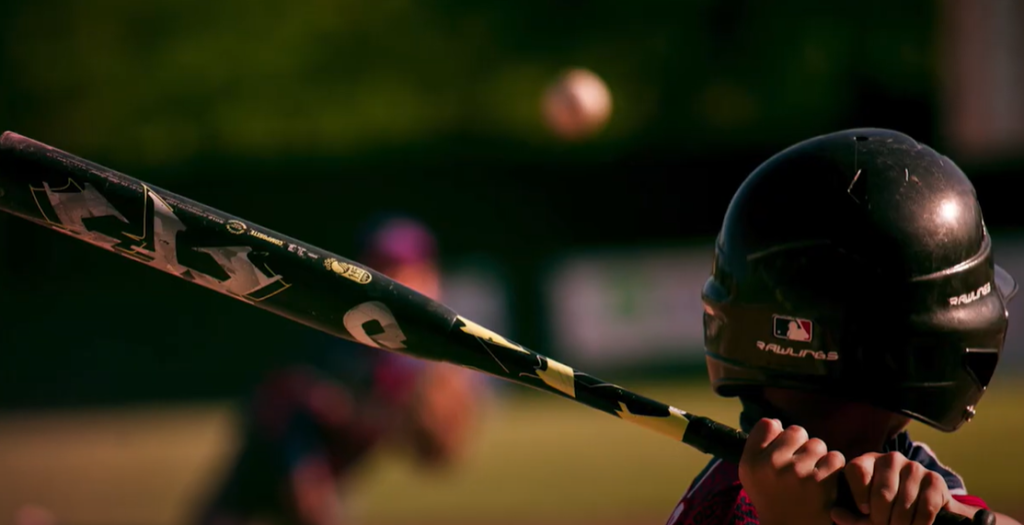
Why is hitting a baseball the hardest sport?
Well, the answer is twofold. Firstly, a baseball bat’s length and weight are different from those of a softball bat. The barrel size of the baseball bat is normally 2 1/4 inches in diameter while that of a softball bat is usually 2 5/8 inches. Because of the differences in bats, hitting a baseball accurately requires more skill and technique than swinging a softball bat. In order to make contact with the pitch, batters must time their swing just right or risk missing it altogether; this timing becomes even more difficult when the pitch is thrown at a higher speed. Secondly, the spin and velocity of a baseball can make it difficult to hit accurately. A baseball is typically thrown with more topspin than a softball which causes it to drop more quickly. This makes it harder for batters to anticipate where it will land as well as what type of swing they should use in order to make contact.
What is the hardest position in softball?
The catcher is often considered the hardest position in softball. Catchers must be able to read a pitcher’s arm motion as well as anticipate where the ball will travel before it is thrown. They also need to possess quick reflexes and excellent hand-eye coordination in order to react quickly and make contact with the ball. Additionally, catchers must have a strong arm in order to be able to throw out runners attempting to steal bases. Finally, they must stay focused for multiple innings at a time in order for their team to succeed. All of these skills combined make catching one of the most challenging positions on the field.
Useful Video: Softball Vs Baseball Bats – What is The Difference?
Conclusion
So, there you have it! Softball and baseball bats are both designed to help players hit the ball. However, they differ in size, weight, and the types of materials used in their construction. Baseball bats tend to be heavier and longer than softball bats, while softball bats are usually lighter and shorter. Additionally, most baseball bats are made from aluminum or composite materials while softball bats are typically made from wood or composite material. Ultimately, the decision on which type of bat is right for you depends on what type of game you will be playing and your individual preferences. Whatever your choice may be, having the right equipment can make all the difference in your performance!
References:
- https://www.baseballsavings.com/baseball-guide/baseball-bats-softball-bats-differences/
- https://www.acs.psu.edu/drussell/bats/baseball-softball.html
- https://olympic.ca/2019/08/23/what-are-the-differences-between-baseball-and-softball/
- https://dc.swosu.edu/cgi/viewcontent.cgi?article=1321&context=sayre_student_anthology
- https://www.baseballhover.com/softball-bat-vs-baseball-bat/
- https://www.sportdecals.com/blogs/p/what-are-the-differences-between-softball-bats-and-baseball-bats
- https://honestbaseball.com/softball-bat-vs-baseball-bat/





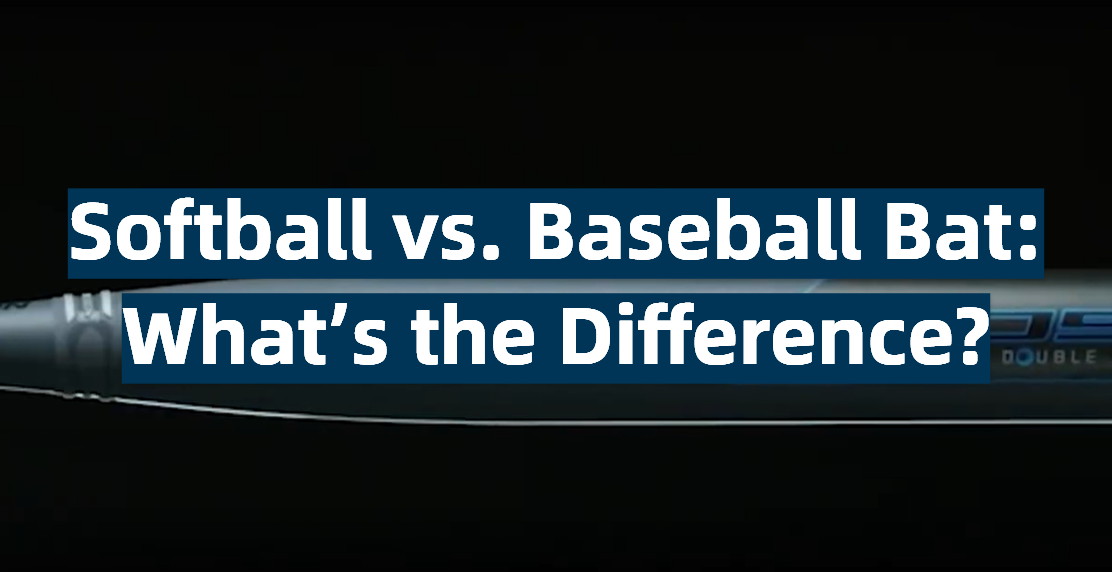

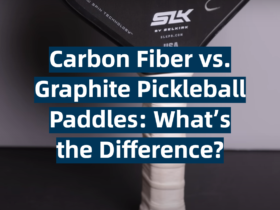
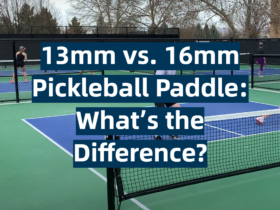
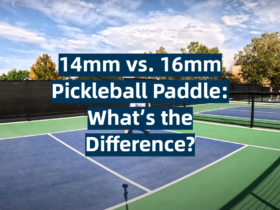
Leave a Review